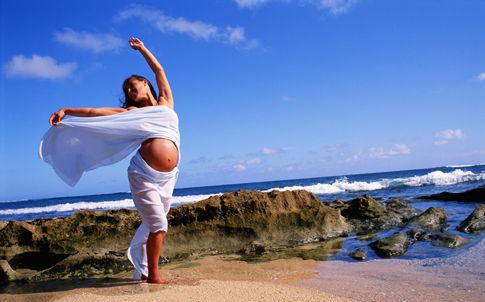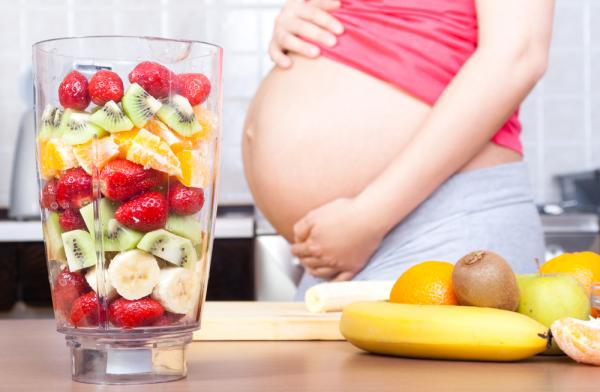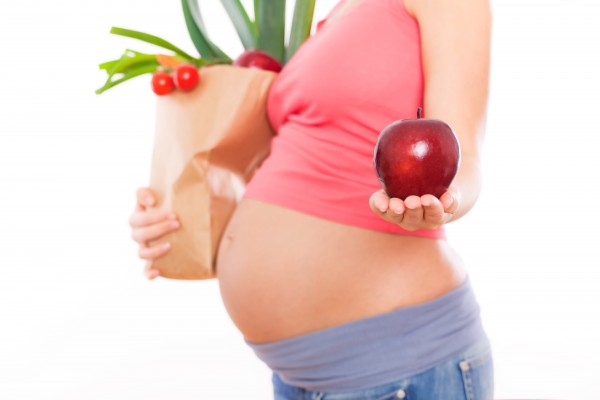Low Sodium Diet for Pregnant Women
During pregnancy, a low sodium diet may be required for some women who are holding extra water in their bodies. This condition is called pregnancy-induced hypertension, and can be very dangerous to the mother and the baby. In many cases, a low sodium diet is recommended to help relieve the condition.
Sodium, or salt, as it is more commonly called, causes the body to retain water, which in turn increases blood pressure.
If you have been placed on a low sodium diet during your pregnancy, or if you just want to improve your health before or after pregnancy by following a low sodium diet, then read on for some indispensable clues to following your low sodium diet!
Critical Steps of Diet
The first step to compliance with a low sodium diet is to analyze what your usual diet contains. For at least 24 hours, write down everything that you drink and eat, as well as the sodium content of these foods. Ideally, you should be under the sodium limit that your doctor has given you. Under 1,200 mg of salt is considered to be a low sodium diet, in or out of pregnancy.
Chances are that you ate much more sodium that was recommended. In or out of pregnancy, most people do not naturally follow a low sodium diet. We tend to eat a variety of high sodium foods, some of which do not even taste salty!
A good place to start for your pregnancy low sodium diet is to try not to eat fast food. Fast food is inherently salty; fast food may be some of the saltiest food on the planet!
Watch the Foods you Eat
Another huge source of sodium in the diet is from processed foods. Processed foods include most of the foods that come packaged in boxes, cans, or bags. Many people eat exclusively processed foods throughout the day; this does not help them to stay on their pregnancy low sodium diet.
To decrease your overall intake of sodium throughout the day, focus on eating fresh foods instead of packaged foods. Fresh fruits and vegetables are fantastic, low sodium options that are good for you and your baby. If you fill half of your plate with fruits and vegetables before you eat other foods, chances are that you will have much less room for all of the high sodium foods that you used to put on your plate.
The next simple step to follow your pregnancy low sodium diet is to avoid adding extra salt to foods.
A few small changes can help you to have a healthy pregnancy! A low sodium diet will help you to lower your blood pressure to a healthy level.







